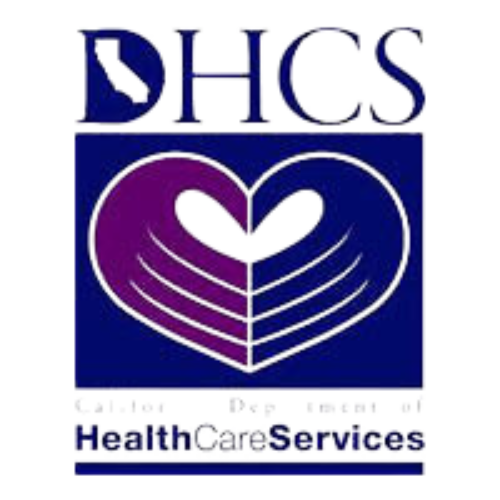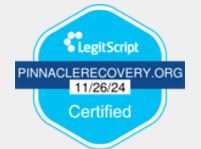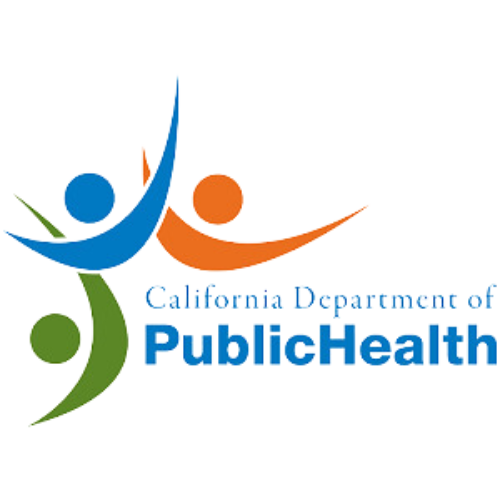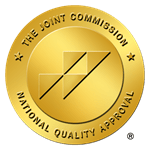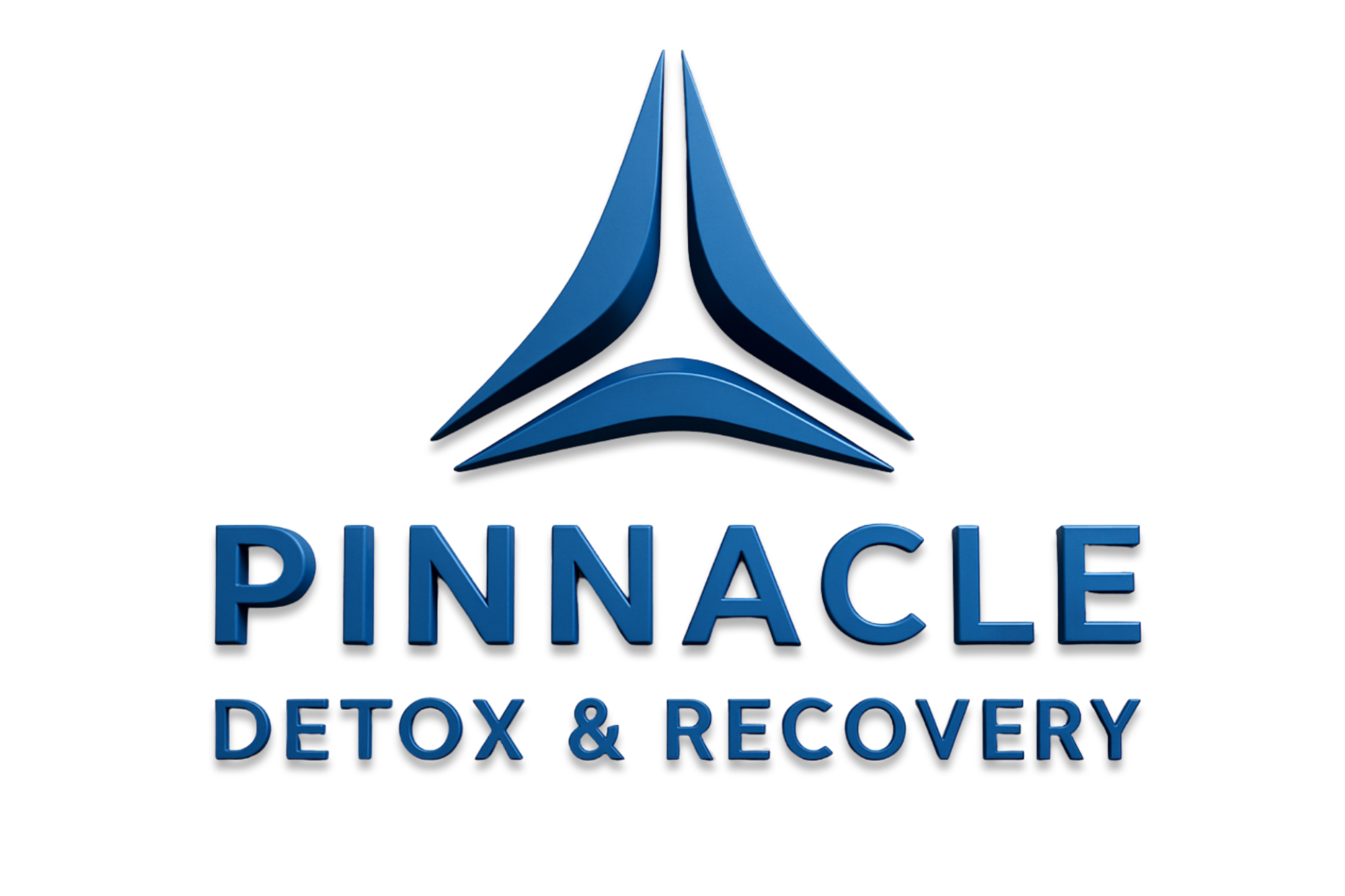Evidence-based treatments for recovery in 2025 focus on three pioneering approaches you'll find at leading treatment centers.
GLP-1 receptor agonists show promising results in reducing substance cravings by 10-20%, while
Virtual Reality Exposure Therapy offers controlled environments for addressing underlying trauma with 76% patient preference rates.
Psychedelic-assisted treatments, including psilocybin and MDMA therapies, demonstrate significant effectiveness for
treatment-resistant conditions. These novel approaches work best when combined with traditional therapeutic support and personalized treatment plans.
The Rise of GLP-1 Medications in Addiction Treatment
As researchers investigate novel approaches to
addiction treatment, GLP-1 receptor agonists (GLP-1RAs) have emerged as a promising therapeutic option. These medications work by targeting brain receptors that regulate
reward pathways and impulse control, demonstrating significant potential in reducing cravings and substance use. Growing evidence suggests that GLP-1RAs affect
dopamine release pathways in treating addiction. Recent studies show these medications can reduce
substance addiction risks by 10-20%. These medications are showing particular promise in
alcohol dependency treatment through clinical trials.
Early studies show impressive results, with users experiencing a
40% reduction in opioid cravings and lower rates of overdose. While medication compliance remains essential for effectiveness, you'll find these treatments can complement existing recovery strategies. The medications'
anti-inflammatory properties may also protect neural pathways, supporting
long-term recovery outcomes.
However, you should consider that long term outcomes data is still limited, and individual responses vary. Success rates are highest when GLP-1RAs are combined with
lifestyle modifications and psychological support.
Virtual Reality Exposure Therapy: A Game-Changer
Virtual reality exposure therapy (VRET) represents a significant advancement in anxiety disorder treatment, demonstrating
superior outcomes compared to traditional exposure methods. You'll find that VRET's effectiveness stems from its ability to create
immersive, controlled environments where you can confront fears safely while experiencing genuine
physiological responses. A comprehensive analysis of
3,182 patients showed significant improvements in anxiety symptoms when using virtual reality therapy compared to conventional treatments.
Patients often find VRET more approachable since they know the experience is
not actually real. Technology's flexibility allows therapists to precisely adjust exposure intensity, making it effective across
broader diagnostic applications, from social anxiety to PTSD. You're more likely to engage in treatment, as 76% of
patients prefer VRET over conventional approaches. The therapy's standardized delivery guarantees consistent quality while enabling remote access for those in underserved areas. The integration of
mindfulness-based techniques helps patients better manage their physiological arousal during virtual exposure sessions.
Research shows VRET successfully translates to
real-world behavior changes, making it a cost-effective, scalable solution for anxiety disorders in 2025.
Psychedelic Medicine's Breakthrough Role
While
psychedelic therapies show promise beyond addiction treatment, demonstrating potential benefits for PTSD, depression, and anxiety disorders, their integration requires careful consideration of
FDA's recent regulatory feedback. Research at
Yale's state-funded program has demonstrated encouraging transdiagnostic benefits in real-world clinical settings. You'll find that
standardized care models and
rigorous trial oversight are now essential components for safe implementation, especially following the challenges highlighted in recent MDMA studies. The development of
standardized training protocols for therapists has become a critical focus for organizations like Naropa University and MAPS. Your healthcare team must navigate both the therapeutic opportunities and safety protocols as these treatments become integrated with traditional approaches, with
pharmacists playing a pivotal role in ensuring regulatory compliance and proper monitoring. The implementation of
central rating services through teleconference-based assessments has become crucial for maintaining scientific integrity and satisfying regulatory requirements in psychedelic trials.
Therapeutic Benefits Beyond Addiction
The
therapeutic potential of psychedelic medicine extends far beyond addiction treatment, with breakthrough applications in mental health disorders previously resistant to conventional therapies. You'll find compelling evidence in clinical trials showing psilocybin's effectiveness for
treatment-resistant depression and anxiety, while
MDMA demonstrates promise for severe PTSD cases where traditional therapies have failed.
Spravato's billion-dollar success at Johnson & Johnson validates the commercial viability of psychedelic-derived treatments. Patient outcomes are significantly influenced by
set and setting during psychedelic-assisted therapy sessions.
Research indicates these compounds work by disrupting the
default mode network, enabling cognitive augmentation through increased
neuroplasticity and reformed neural connections. Cancer patients report significant improvements in existential wellbeing and reduced
end-of-life distress following psilocybin-assisted therapy. The mechanisms involve hippocampal reset and enhanced cognitive flexibility, leading to sustained positive outcomes. Current studies show that
brain network disruption correlates directly with the intensity of mystical experiences reported by participants. While challenges exist in implementation and access, peer-reviewed validation continues to strengthen the
scientific foundation for these revolutionary treatment approaches.
Integration With Traditional Treatment
Integration efforts between psychedelic medicine and
traditional therapeutic models have catalyzed groundbreaking treatment protocols across medical institutions. You'll find
standardized training programs like ATMA CENA now certifying professionals in combined therapeutic approaches, while
major conferences offer
specialized workshops on integration techniques. Practitioners are receiving crucial updates on
Phase 2 and 3 research investigating revolutionary treatments. The field has moved beyond debating legitimacy to focusing on
thoughtful integration of these treatments. Support communities are forming to help individuals
share healing journeys with others undergoing similar experiences.
Despite systemic and regulatory challenges, including
insurance reimbursement barriers, clinical protocols continue evolving as more practitioners gain certification. Hospital systems are beginning to incorporate these therapies into standard care, developing personalized treatment approaches based on patient-specific factors. Treatment centers are operationalizing
evidence-based frameworks that merge conventional therapies with
psychedelic-assisted sessions. Cross-modality approaches are emerging, as practitioners learn to integrate psychedelic experiences with established therapeutic methods like CBT and psychodynamic therapy.
Safety And Regulatory Progress
Amid significant
regulatory shifts in 2024,
psychedelic medicine's path toward
mainstream acceptance has encountered both breakthroughs and setbacks. You'll find stricter
therapist training protocols emerging, particularly after incidents of misconduct highlighted the need for expanded safeguards in clinical settings.
The FDA's rejection of MDMA for PTSD treatment revealed critical gaps in
participant safety monitoring, including missing ECGs and liver function data. While six psychedelic compounds have received
Breakthrough Therapy designation, regulatory bodies continue demanding thorough evidence of safety and efficacy. You'll need to understand that current clinical trials are adapting to include more extensive safety measures, from remote data collection to improved blinding controls. The VA's 11 ongoing trials demonstrate growing institutional support while maintaining strict safety standards for veterans receiving psychedelic treatments.
Trauma-informed care represents a fundamental shift in healthcare delivery, emphasizing
safety, trust, and empowerment as core principles for effective recovery. You'll find this approach prioritizes creating
physically and emotionally secure environments while establishing
transparent communication between providers and clients.
Through multi-disciplinary collaboration and continuous staff training, organizations can implement
universal trauma screening protocols and
culturally sensitive interventions. You'll benefit from treatment that focuses on building safe, stable relationships while recognizing and mitigating potential triggers. This approach shifts from asking "what's wrong?" to "what happened?"
The outcomes are significant: reduced risk of
re-traumatization, increased treatment engagement, and improved coping mechanisms. While implementation requires substantial resources and organizational commitment, the long-term benefits of
trauma-informed care justify the investment in extensive healing approaches.
Integrating Holistic Wellness With Medical Treatment
Modern healthcare systems now recognize that ideal recovery requires
seamless coordination between conventional medicine and
holistic wellness approaches. You'll find that
data-driven holistic programs now integrate
AI analytics with
personalized treatment protocols, combining
genetic insights and
real-time health metrics from wearable devices to optimize your path.
Multidisciplinary care coordination has evolved through blockchain-secured health records, enabling seamless communication between your conventional medical team and holistic practitioners. You can access virtual mind-body practices, nutritional counseling, and energy healing through telehealth platforms, while insurance coverage increasingly supports these integrated approaches. Advanced monitoring systems track your physiological responses to both traditional treatments and complementary therapies, ensuring evidence-based adjustments to your recovery plan through predictive analytics and real-time assessment of treatment outcomes.
Advanced Medical Technologies Leading the Way
The
rapid evolution of medical technologies has revolutionized recovery protocols across healthcare settings.
AI-powered medical imaging now detects subtle pathologies that human clinicians might overlook, enabling
earlier interventions and more precise treatment plans.
Advanced diagnostic systems analyze your medical data extensively, from genetic markers to historical records.
Remote patient monitoring through IoT sensors and wearable devices tracks your critical signs continuously, allowing healthcare providers to detect complications before they become severe. You'll benefit from surgical innovations like
robotic-assisted procedures that improve precision and reduce recovery time.
Neurological monitoring tools provide real-time brain activity data during procedures, optimizing sedation levels and post-operative care. These technologies, combined with
data-driven healthcare optimization, create a more efficient and personalized recovery experience that's transforming patient outcomes.
Personalized Treatment Plans Through Data Analytics
Your treatment experience in 2025 will benefit from sophisticated
predictive analytics that can forecast ideal recovery paths based on your
genetic profile, medical history, and lifestyle factors.
AI-powered systems will match you with the most efficacious treatments by analyzing vast datasets of patient outcomes and treatment responses across similar cases. Through
continuous monitoring and real-time data analysis, your treatment plan will automatically adjust to optimize recovery success while minimizing potential complications.
Predictive Analytics Drives Recovery
Predictive analytics revolutionizes recovery outcomes through detailed data integration, combining electronic health records, genomic information, and social determinants to create personalized treatment plans. Data-driven risk assessments improve treatment accuracy by 48%, while predictive intervention models reduce unplanned hospitalizations by 25-40%.
| Recovery Factor |
Analytics Impact |
| Risk Detection |
Early identification of complications |
| Treatment Timing |
Real-time alerts for interventions |
| Resource Allocation |
Optimized staffing and bed management |
| Patient Monitoring |
Continuous tracking of essential indicators |
You'll benefit from customized discharge protocols based on your specific risk scores, while your care team receives automated alerts about critical factors affecting your recovery. The system combines your genetic profile with lifestyle data to optimize treatment effectiveness and minimize side effects, ensuring your recovery plan adapts to your unique needs and response patterns.
AI-Enhanced Treatment Matching
While traditional treatment protocols rely on standardized approaches,
AI-enhanced treatment matching now delivers unprecedented precision in healthcare delivery through
sophisticated data analytics. You'll benefit from
machine learning models that analyze your genetic, clinical, and lifestyle data to create
customized treatment plans optimized for your specific needs.
These AI systems seamlessly integrate with existing healthcare infrastructure, adapting to regional healthcare practices while maintaining standardized matching criteria. Through
multi-organizational collaboration, your treatment data remains consistent across different healthcare providers, reducing duplicate testing and administrative errors. The technology also addresses
healthcare disparities by creating personalized interventions for underserved populations, ensuring equitable access to quality care. As new lab results become available, the system
dynamically adjusts your treatment plan, maximizing therapeutic outcomes while minimizing costs.
Building Sustainable Recovery Support Networks
As recovery support networks evolve in 2025, sustainable infrastructure development requires coordinated efforts across multiple stakeholders and platforms. You'll find peer-led mobilization initiatives integrating with traditional healthcare through Recovery Community Centers, while recovery-oriented systems capitalize on both in-person and digital solutions.
| Support Type |
Core Components |
Impact Areas |
| Peer Networks |
Training Programs, Cultural Competency |
Community Leadership |
| Digital Tools |
Telehealth, Recovery Apps |
Access Improvement |
| Research Teams |
Standardized Metrics, Data Sharing |
Evidence Generation |
Your success in building sustainable networks depends on utilizing SAMHSA's implementation guides alongside NIH HEAL funding opportunities. You can access virtual peer support networks through AI-augmented platforms, while participating in strength-based workshops addresses critical life skills. The CoARS framework aligns your local initiatives with national research priorities, maximizing resource efficiency and program effectiveness.
Frequently Asked Questions
How Much Do These New Addiction Treatment Technologies Typically Cost?
Your
out-of-pocket costs for tech-integrated addiction treatment vary considerably based on treatment funding sources. You'll typically spend $20,000+ for
inpatient programs with AI and VR features, while
outpatient tech services range from $3,000-$25,000. Wearable devices require $200-$500 upfront plus monthly subscriptions of $30-$100. Insurance coverage varies, with copays ranging from $20-$50 for virtual sessions to $2,000-$5,000 for tech-enhanced inpatient programs.
Are These Treatments Covered by Most Insurance Providers?
You'll find that most insurance providers now offer extensive coverage for addiction treatments due to federal parity laws. Your insurance coverage options typically include
evidence-based services like counseling, medication, and telehealth appointments. Treatment affordability has improved with
out-of-pocket maximums capped at $9,200 annually. If you're on Medicare, you'll receive full coverage for
opioid treatment programs, while private insurers must provide equal coverage for substance use and medical conditions.
What Percentage of Patients Experience Significant Side Effects From These Treatments?
Based on available clinical data, you'll find that
side effect rates vary remarkably depending on the specific treatment. While
efficacy rates generally range from 60-85%, approximately 15-30% of patients report experiencing notable adverse effects.
Patient satisfaction levels tend to correlate inversely with side effect severity. Common reactions include gastrointestinal issues (8-12%), headaches (10-15%), and sleep disturbances (5-8%). It's essential to discuss individual risk factors with your healthcare provider.
How Long Does the Average Person Need to Commit to These Treatments?
You'll need to commit to
treatment for a significant period, as most evidence-based recovery programs require a 6-24 month commitment duration. Treatment adherence typically follows a
structured timeline: initial intensive care (1-3 months), followed by maintenance therapy (6-12 months), and
ongoing support (12+ months). Your specific timeline may vary based on individual needs, substance type, and response to treatment, but long-term engagement is essential for sustainable recovery outcomes.
Can These Treatments Be Combined With Traditional 12-Step Recovery Programs?
You can effectively combine these treatments with
12-step programs, as they're designed for integrating with counseling and complementing existing programs. The
pharmacological treatments can help manage cravings while you participate in meetings, while
behavioral therapies reinforce the principles you learn in your 12-step work. Neuromodulation techniques can support your recovery path alongside traditional fellowship engagement, creating an extensive treatment approach that boosts your chances of sustained recovery.
 As researchers investigate novel approaches to addiction treatment, GLP-1 receptor agonists (GLP-1RAs) have emerged as a promising therapeutic option. These medications work by targeting brain receptors that regulate reward pathways and impulse control, demonstrating significant potential in reducing cravings and substance use. Growing evidence suggests that GLP-1RAs affect dopamine release pathways in treating addiction. Recent studies show these medications can reduce substance addiction risks by 10-20%. These medications are showing particular promise in alcohol dependency treatment through clinical trials.
Early studies show impressive results, with users experiencing a 40% reduction in opioid cravings and lower rates of overdose. While medication compliance remains essential for effectiveness, you'll find these treatments can complement existing recovery strategies. The medications' anti-inflammatory properties may also protect neural pathways, supporting long-term recovery outcomes.
However, you should consider that long term outcomes data is still limited, and individual responses vary. Success rates are highest when GLP-1RAs are combined with lifestyle modifications and psychological support.
As researchers investigate novel approaches to addiction treatment, GLP-1 receptor agonists (GLP-1RAs) have emerged as a promising therapeutic option. These medications work by targeting brain receptors that regulate reward pathways and impulse control, demonstrating significant potential in reducing cravings and substance use. Growing evidence suggests that GLP-1RAs affect dopamine release pathways in treating addiction. Recent studies show these medications can reduce substance addiction risks by 10-20%. These medications are showing particular promise in alcohol dependency treatment through clinical trials.
Early studies show impressive results, with users experiencing a 40% reduction in opioid cravings and lower rates of overdose. While medication compliance remains essential for effectiveness, you'll find these treatments can complement existing recovery strategies. The medications' anti-inflammatory properties may also protect neural pathways, supporting long-term recovery outcomes.
However, you should consider that long term outcomes data is still limited, and individual responses vary. Success rates are highest when GLP-1RAs are combined with lifestyle modifications and psychological support.
 While psychedelic therapies show promise beyond addiction treatment, demonstrating potential benefits for PTSD, depression, and anxiety disorders, their integration requires careful consideration of FDA's recent regulatory feedback. Research at Yale's state-funded program has demonstrated encouraging transdiagnostic benefits in real-world clinical settings. You'll find that standardized care models and rigorous trial oversight are now essential components for safe implementation, especially following the challenges highlighted in recent MDMA studies. The development of standardized training protocols for therapists has become a critical focus for organizations like Naropa University and MAPS. Your healthcare team must navigate both the therapeutic opportunities and safety protocols as these treatments become integrated with traditional approaches, with pharmacists playing a pivotal role in ensuring regulatory compliance and proper monitoring. The implementation of central rating services through teleconference-based assessments has become crucial for maintaining scientific integrity and satisfying regulatory requirements in psychedelic trials.
While psychedelic therapies show promise beyond addiction treatment, demonstrating potential benefits for PTSD, depression, and anxiety disorders, their integration requires careful consideration of FDA's recent regulatory feedback. Research at Yale's state-funded program has demonstrated encouraging transdiagnostic benefits in real-world clinical settings. You'll find that standardized care models and rigorous trial oversight are now essential components for safe implementation, especially following the challenges highlighted in recent MDMA studies. The development of standardized training protocols for therapists has become a critical focus for organizations like Naropa University and MAPS. Your healthcare team must navigate both the therapeutic opportunities and safety protocols as these treatments become integrated with traditional approaches, with pharmacists playing a pivotal role in ensuring regulatory compliance and proper monitoring. The implementation of central rating services through teleconference-based assessments has become crucial for maintaining scientific integrity and satisfying regulatory requirements in psychedelic trials.
 Trauma-informed care represents a fundamental shift in healthcare delivery, emphasizing safety, trust, and empowerment as core principles for effective recovery. You'll find this approach prioritizes creating physically and emotionally secure environments while establishing transparent communication between providers and clients.
Through multi-disciplinary collaboration and continuous staff training, organizations can implement universal trauma screening protocols and culturally sensitive interventions. You'll benefit from treatment that focuses on building safe, stable relationships while recognizing and mitigating potential triggers. This approach shifts from asking "what's wrong?" to "what happened?"
The outcomes are significant: reduced risk of re-traumatization, increased treatment engagement, and improved coping mechanisms. While implementation requires substantial resources and organizational commitment, the long-term benefits of trauma-informed care justify the investment in extensive healing approaches.
Trauma-informed care represents a fundamental shift in healthcare delivery, emphasizing safety, trust, and empowerment as core principles for effective recovery. You'll find this approach prioritizes creating physically and emotionally secure environments while establishing transparent communication between providers and clients.
Through multi-disciplinary collaboration and continuous staff training, organizations can implement universal trauma screening protocols and culturally sensitive interventions. You'll benefit from treatment that focuses on building safe, stable relationships while recognizing and mitigating potential triggers. This approach shifts from asking "what's wrong?" to "what happened?"
The outcomes are significant: reduced risk of re-traumatization, increased treatment engagement, and improved coping mechanisms. While implementation requires substantial resources and organizational commitment, the long-term benefits of trauma-informed care justify the investment in extensive healing approaches.



